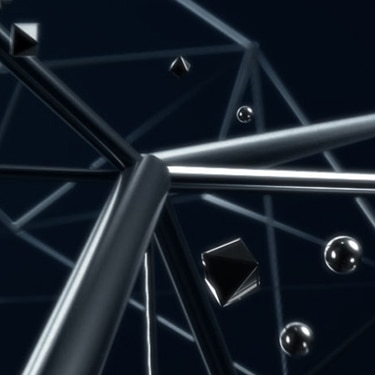Five myths and misconceptions about media management and archiving
When media was stored on tape, there was an easy and intuitive way to store it: you’d put it on a shelf. This wasn’t perfect, but at least it was simple.

Now that media is stored in files, everything’s different. But it’s better, too, if you manage it well. Not everyone does this, though, quite possibly because of several myths and misconceptions about media management and archiving. These are some of the more common ones, and they’re easy to dispel.
It's expensive
It was expensive, and it still can be if you’re a big enterprise with huge and complicated storage requirements. If your business is worth billions, it’s not unreasonable to spend a lot on protecting what might be your most valuable assets.
But if you have a small-to-medium production company, it’s a different story. Move away from ‘enterprise’ culture and you move away from ‘enterprise’ prices too. It’s now possible to set up a sophisticated and effective media management and archive system for the sort of money that a small business can easily afford.
And when you add in the benefits of easy access, faster workflows, better productions and the ability to reuse (or ‘repurpose’) existing material, it’s more than likely that an investment in media management will pay for itself over time.
It's complicated
No, it isn’t. Modern media asset management systems keep track of all your media. It’s easy to set up and use, and once you start using it, you’ll start reaping the benefits.
In the old days of disc drives with SCSI cables the size of hose pipes, external storage was difficult. It was hard to connect any device to a computer. Now, with plug-and-play interconnects, extremely fast, reliable connections, and superb software, it’s extremely easy to configure a media management and archive system.
It's difficult to get your media back into your timeline
Once you’re set up, the MAM software takes care of the complexity. You get all the benefits of an archive system without the difficulty. If you can see a clip in the MAM browser (it doesn’t matter whether it’s on your computer’s hard drive, or on a Sony Optical Disc Archive discs) then it’s just a matter of drag and drop – or an extremely easy workflow. Often, your media will be only one click away. Occasionally you’ll be asked to insert an archive disc, but that’s all.
With a good MAM, it’s actually easier to get any or all of your material into your project.
It will go out of date quickly
There are never any absolute guarantees for the future, but you can at least choose a recording system and an architecture that’s been proven to last a long time.
The physical longevity of Sony’s ODA discs is thought to be around 100 years. It’s not possible to predict what sort of player will be around five decades from now, but even optical discs from three and a half decades ago – simple audio CDs – are readable by just about any optical disc-based system today.
It’s a method of recording that not only lasts a long time, but which remains readable for a long time too.
You can survive perfectly well without one
Yes, you can, if you don’t want your business to grow, and if you don’t mind other, similar businesses growing faster than you. There are very good reasons for saying this, and they all come under the heading of ‘scalability’.
Let’s first take the unlikely example of a business that just doesn’t want to change. The problem it will have is that while it stays the same, the world is changing rapidly around them.
Which means that even if the business does the same number of jobs each year, there are more camera formats, more workflows and many more ways to deliver the material.
The fact is that you can’t avoid this complexity. With it come great benefits: higher resolution, delivery to more types of devices, and much greater flexibility. But you can’t achieve this without a modern media asset management system.
If you do choose a good media asset management system (like Sony’s Media Navigator), you’ll have automated ingest and encoding, a simpler, faster workflow, and the opportunity to make better videos. Above all, you’ll be left with more time to do what you do best: add that human creative touch.
As your business scales, so do the demands on it for new types of project, delivered in new ways. Even the simple fact that there are so many ways to deliver video today (and more so tomorrow), means that it is more important than ever to keep track of your material.
Sony’s MAM and Archive solutions are now not just an important tool for production companies. They are an essential part of scaling a production business.



